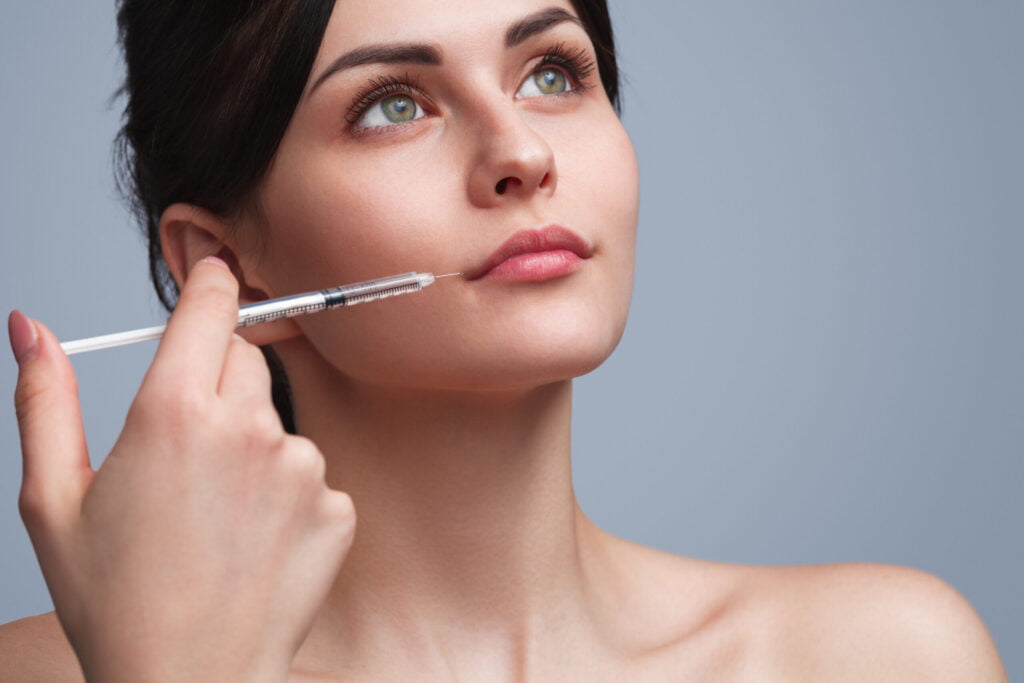Botox treatments have gained significant popularity in recent years for their ability to reduce the appearance of fine lines and wrinkles, as well as treat certain medical conditions. “Botox Cary NC” is a prime example Google search of a location where people seek out these treatments to enhance their appearance and overall confidence. In this article, we will discuss the basics of Botox, how it works, and the various applications of this widely used cosmetic treatment.
What is Botox?
Botox is the brand name for botulinum toxin type A, a protein derived from the bacterium Clostridium botulinum. This toxin, when injected in small amounts into specific muscles, can temporarily paralyze the muscle and reduce the appearance of wrinkles and fine lines. Botox treatments have been approved by the U.S. Food and Drug Administration (FDA) for both cosmetic and medical uses.
How Does Botox Work?

Botox works by blocking the nerve signals that cause muscles to contract. When the targeted muscles are paralyzed, the skin overlying them becomes smoother, leading to a reduction in wrinkles and fine lines. The effects of Botox are temporary, generally lasting between three to six months, after which the muscles gradually regain their function and the treated wrinkles may reappear. However, regular Botox treatments can help maintain a more youthful appearance.
Cosmetic Applications of Botox
Botox is a popular treatment for various physical concerns. One of its most common uses is for reducing facial wrinkles, especially dynamic wrinkles caused by repetitive muscle contractions during facial expressions like frown lines, crow’s feet, and forehead lines.
In addition to wrinkle reduction, Botox can also be used to create a subtle eyebrow lift by targeting specific muscles that cause drooping. It can also reduce excessive gum tissue displayed during a smile by relaxing the muscles controlling the upper lip. Furthermore, Botox can diminish the appearance of vertical neck bands by injecting it into the platysma muscle in the neck, creating a smoother and more youthful neck contour.
Medical Applications of Botox

The FDA has approved Botox for the treatment of chronic migraines by injecting it into specific areas of the head and neck, helping to reduce the frequency and severity of migraines. Botox can also be used to treat excessive sweating or hyperhidrosis by blocking nerve signals that trigger sweat glands, which is particularly effective for individuals who suffer from excessive underarm sweating.
Additionally, Botox is FDA-approved for treating eyelid spasms or blepharospasm, as well as crossed eyes or strabismus, by relaxing the muscles responsible for these conditions, providing relief and improving an affected individual’s quality of life. Finally, Botox can be injected into the bladder muscle to treat overactive bladder symptoms, such as urinary incontinence and the frequent urge to urinate.
Is Botox Safe?
Botox is generally considered safe when administered by a licensed and trained medical professional. However, like any medical procedure, there are potential risks and side effects associated with Botox injections. Common side effects include pain, swelling, bruising, and redness at the injection site, but these typically resolve within a few days. More serious side effects are rare but can include difficulty swallowing or breathing, muscle weakness, and vision problems. It is crucial to discuss any medical conditions or medications with your healthcare provider before undergoing Botox injections. Nonetheless, Botox can be a safe and effective treatment when administered appropriately by a trained professional.
Altogether, Botox is a versatile treatment option that can provide significant improvements in the appearance of fine lines and wrinkles. It can also address medical concerns. As with any cosmetic procedure, it is crucial to consult with a reputable practitioner to ensure the best possible results and a minimized risk of complications.





